Inside the Rise of Naxalism and Why Bharat Must Never Repeat Past Mistakes
24 Sep 2025 08:11:36
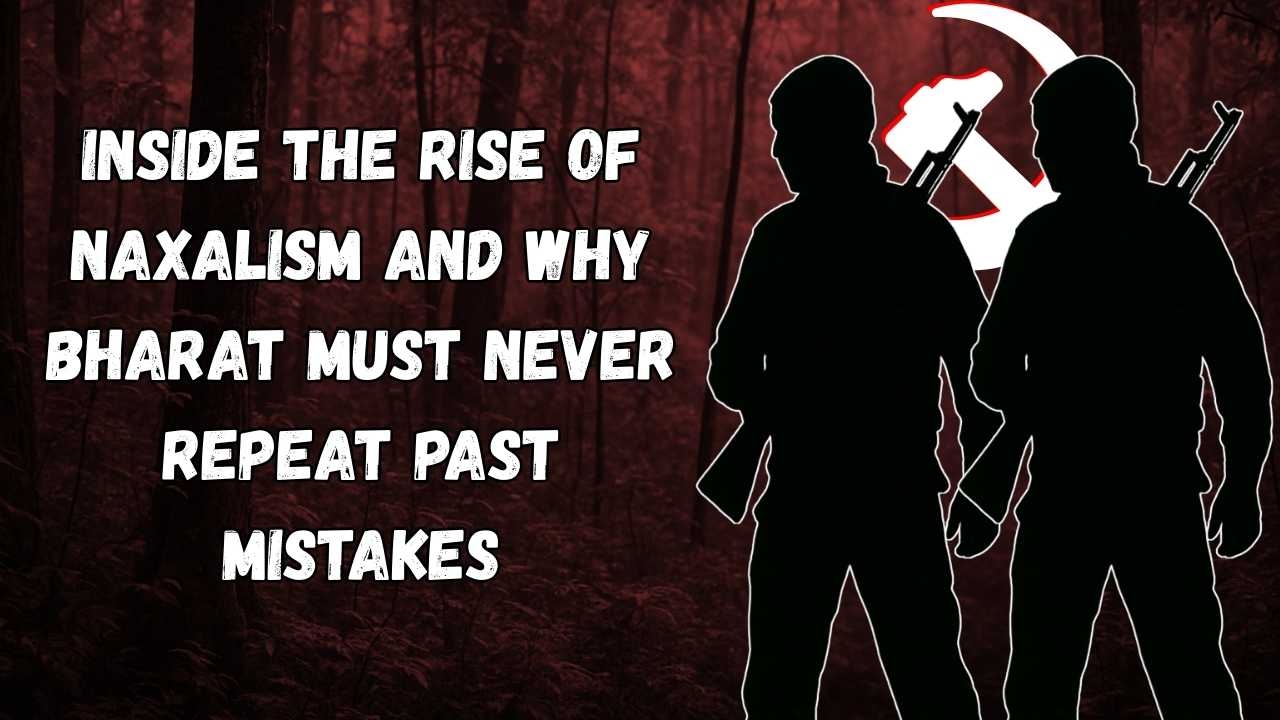
What was the single biggest danger to Bharat’s democracy and peace in the early 2000s? Terrorism in Kashmir? Insurgency in the North-East? No. The greatest internal security nightmare came from the heart of Bharat itself, from the jungles of Chhattisgarh, Jharkhand, Odisha, Andhra Pradesh, and beyond. It was the shadow of Naxalism, a blood-soaked, brutal, and treacherous force that declared war on its own people in the name of revolution.
But how did this cancer spread so fast, infecting more than 150 districts at its peak? Why did governments struggle to contain it? And why, even today, should Bharat never fall for their “peace talks” drama?
What is Naxalism, really?
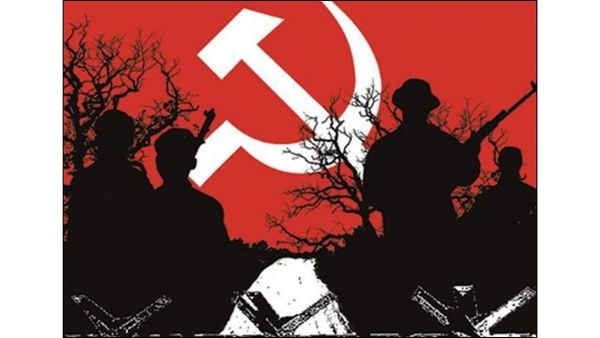
Strip away the fake slogans of revolution, and what remains? Murder, extortion, kidnapping, and destruction. That is Naxalism.
These extremists claim they are fighting for the poor. In reality, they kill poor villagers who resist them. They claim to fight for so-called “tribal rights,” yet they burn schools, blow up roads, and keep entire communities trapped in poverty. If they truly cared for people’s rights, why would they kill them and destroy their schools? They call themselves revolutionaries, but their only real weapon is fear.
Think of their methods: ambushing security forces, planting landmines, massacring police in their sleep, and holding so-called “jan adalats” where innocent farmers are executed in front of their families. This is not rebellion. This is terrorism in its purest, bloodiest form.
How did they grow so big around 2005?
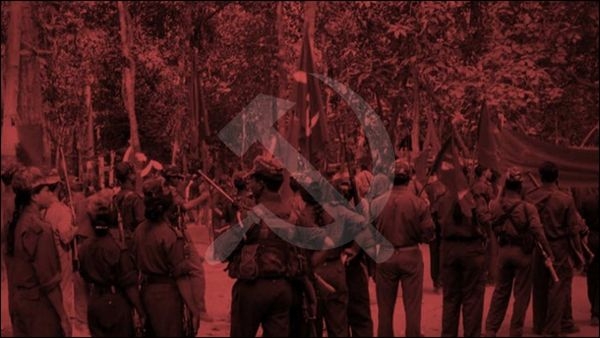
By the mid-2000s, the scale of their expansion was staggering. In just a year, the CPI-Maoist was spreading at the rate of nearly two districts every week. What was once limited to 55 districts across nine states in 2003 had exploded to more than 150 districts in 15 states by 2005. Nearly 300 million people were living under the shadow of Naxal-related violence.
So how did they spread like wildfire? The answer lies in a mix of government weakness, political short-sightedness, and their own calculated strategies.
1. Weak Centre, Confused States
In the mid-2000s, the Union Home Ministry often treated Naxalism as merely a “law and order” problem, leaving it to the states. The central government passed the buck while extremists crossed state borders freely. Chhattisgarh, Bihar, Jharkhand, and Odisha asked for a joint strategy but were ignored. Maoists exploited this gap with precision.
2. Andhra Pradesh’s “Peace Talks” Disaster
One of the darkest blunders was Andhra Pradesh’s decision to hold peace talks. The Maoists never disarmed; instead, they used the ceasefire to regroup, recruit, and rearm. While the police were restrained, the extremists strengthened their networks and later unleashed even deadlier violence. Leaders from neighbouring states admitted that Andhra’s mistake allowed Naxalism to spread into Bengal, Chhattisgarh, Jharkhand, and Bihar.
3. The Deadly Merger
In 2004, two of the most violent groups, the People’s War Group and the Maoist Communist Centre, merged to form the CPI (Maoist). This ended years of ideological differences and created one unified terror machine with thousands of trained fighters and a single command.
4. International Links: The Nepal Connection
Around the same time, Indian Maoists built close coordination with Nepalese Maoists. Training, weapons, and strategies flowed across porous borders. This cross-border solidarity fuelled their dream of a “Red Corridor” across India.
5. Exploiting Poverty and Grievances
Yes, poverty and lack of development created frustration in many janjatiya areas. But instead of solving these issues, Maoists poisoned them further. They posed as saviours while forcing recruitment of children, killing dissenters, and destroying infrastructure. Roads, schools, and hospitals became their prime targets. Their goal was never to uplift the poor but to keep them under the gun.
The Brutality of Their Methods
Their atrocities explain why Naxalism was once Bharat’s greatest internal threat.
Ranibodli (2007): 55 security personnel killed in a single ambush.
Tadmetla (2010): 76 CRPF jawans slaughtered in one of Bharat’s deadliest attacks.
These were not battles but massacres. Alongside security forces, thousands of villagers were executed in kangaroo courts for being “police informers.” Every statistic hides a story of shattered families and terrorised communities. This is the true face of Naxalism.
Peace Talks: A Mask for Violence
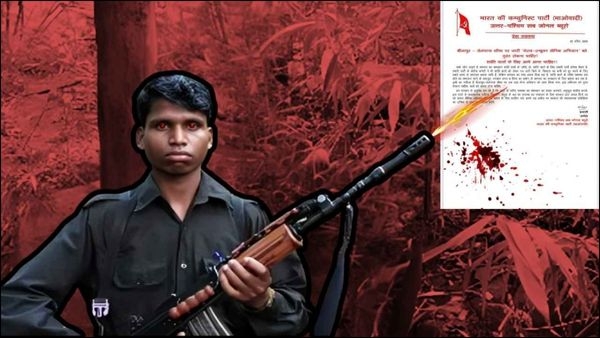
If they are so brutal, why did governments even consider talks? Because “peace” sounded attractive. But history proves these talks were traps.
Maoists never surrendered arms. They used ceasefires to regroup and rebuild. Their official strategy papers admit openly:
“We fight when we can win and we retreat when we cannot. The guiding principle of our strategy must be to prolong the war.”
Does this sound like dialogue? No. Their peace offers are tactical pauses, not genuine reconciliation.
Why the Current Stance is Correct
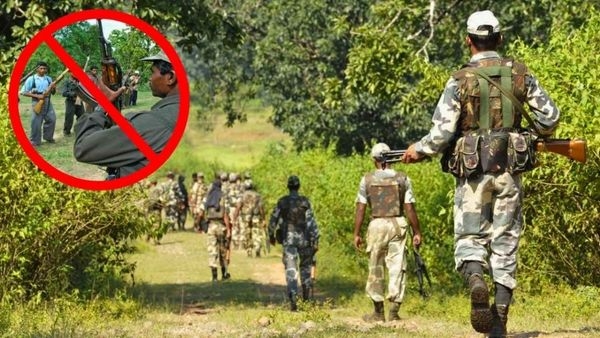
Some Maoists still float press notes about ceasefires and video-call negotiations. But Bharat cannot be fooled again. Their ideology, history, and actions prove one thing: peace talks are hypocrisy.
The only real solution is what the government pursues today: strong security operations combined with rapid development. Roads, schools, electricity, and healthcare are weakening Maoist influence. Every surrendered cadre, every captured arms dump, every liberated village proves their decline.
The Home Minister has declared the goal of ending Naxalism by 2026. This is not just a deadline but a national mission. And it is possible only if Bharat refuses to legitimise killers through fake peace talks.
Conclusion
Naxalism spread like wildfire because of weak responses, political blunders, and the cunning of its leaders. But its mask has fallen. Their hands drip with blood, their words reek of lies, and their documents scream war, not peace.
The lesson is clear: peace without disarmament is a trap. The current stance of “no talks without surrender, no compromise outside the Constitution” is the only way forward.
Because when a terrorist says “peace,” he really means “pause.” And every pause without victory is another chance for them to strike.
Article by

Aadarsh Gupta
Young Researcher